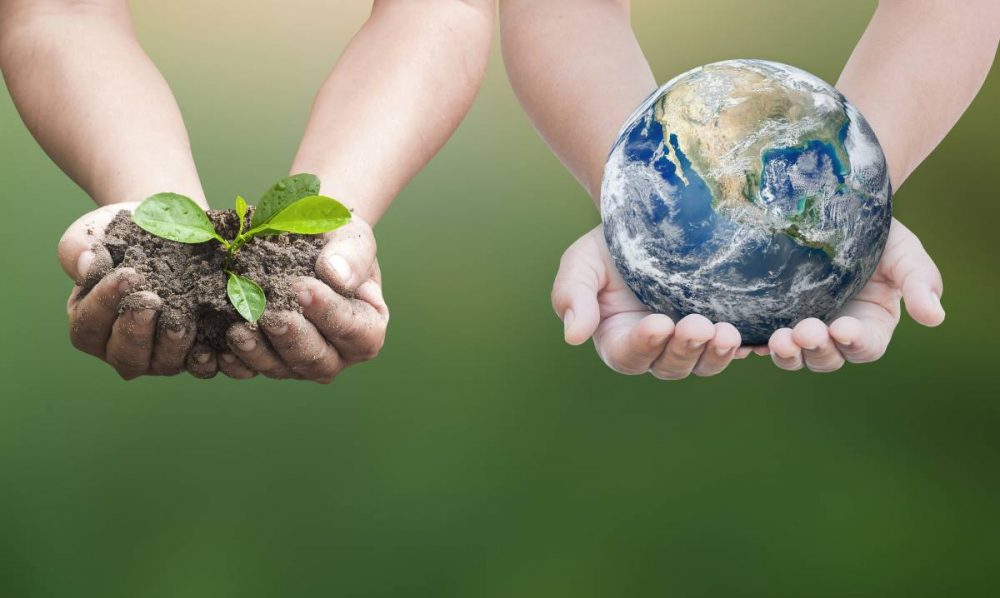In a world facing issues such as exponential population growth and increasingly finite resources, sustainability is a complex and yet critical conversation. As with many organisations, day care and early learning childhood education centres are keen to develop an ethos of sustainability in both purpose and practice.
In the charter for the UCLA Sustainability Committee, sustainability is defined as: “the physical development and institutional operating practices that meet the needs of present users without compromising the ability of future generations to meet their own needs, particularly with regard to use and waste of natural resources. Sustainable practices support ecological, human, and economic health and vitality.
Sustainability presumes that resources are finite, and should be used conservatively and wisely with a view to long-term priorities and consequences of the ways in which resources are used.”
The 2005 World Summit on Social Development identified thoughtful and appropriate economic, social and environmental development as goals in sustainability. In other words, the choices we make and the way we live today affects our children and grandchildren and the sustainability of the planet for the future.
The development and fostering of sustainability becomes particularly important and relevant in relation to ELCEC and day care centres. Education of the next generation is key to successful implementation of sound sustainability practices.
Making Sustainability a Culture
Discussion and education is one of the first and best ways to develop a culture of sustainability. Topics such as water conservation, energy saving, recycling and reduction of waste, re-seeding and redevelopment of green spaces are all subjects that kids can engage in and become educated in better practices. This starts the conversation at a grass roots level, with the aim to changing an entire generation’s way of thinking.
In terms of practice, there are many ways the culture of sustainability can be implemented into an educational environment. Reduction of paper usage, for example, in terms of reporting or communicating is a great option. Scanning and saving data to electronic files reduces the use of paper, and also the physical storage space required.
Installation of water saving devices and solar panels will contribute to energy savings. Careful planning of the centre’s layout, for example where sun is captured in winter, or where windows or louvres are placed for summer ventilation can dramatically reduce energy costs (heating and cooling).
Encouraging the consumption of fresh food and snacks and reducing packaged goods coming from home assists in waste reduction, as does onsite composting of organic materials and use of grey water. Correctly treated grey water can be used for irrigation purposes on both food and non-food producing plants. Nutrients, such as phosphorus and nitrogen are a good source of food for these plants and are often found in grey water.
Sustainability can become not just a hazy concept but a principle in practice and forms an excellent part of the educational curriculum. Programs such as cultivating onsite vegetable gardens or native flora and fauna complement the idea of ‘giving back’ to the planet in real and practicable ways.
In simplest terms, sustainability is about our children and our grandchildren, and the world we will leave them. Even the smallest changes now can make a big difference in the future.

